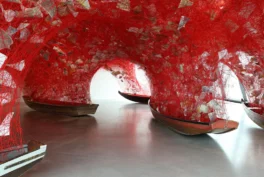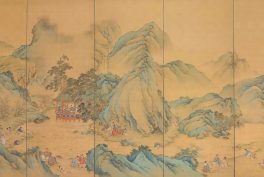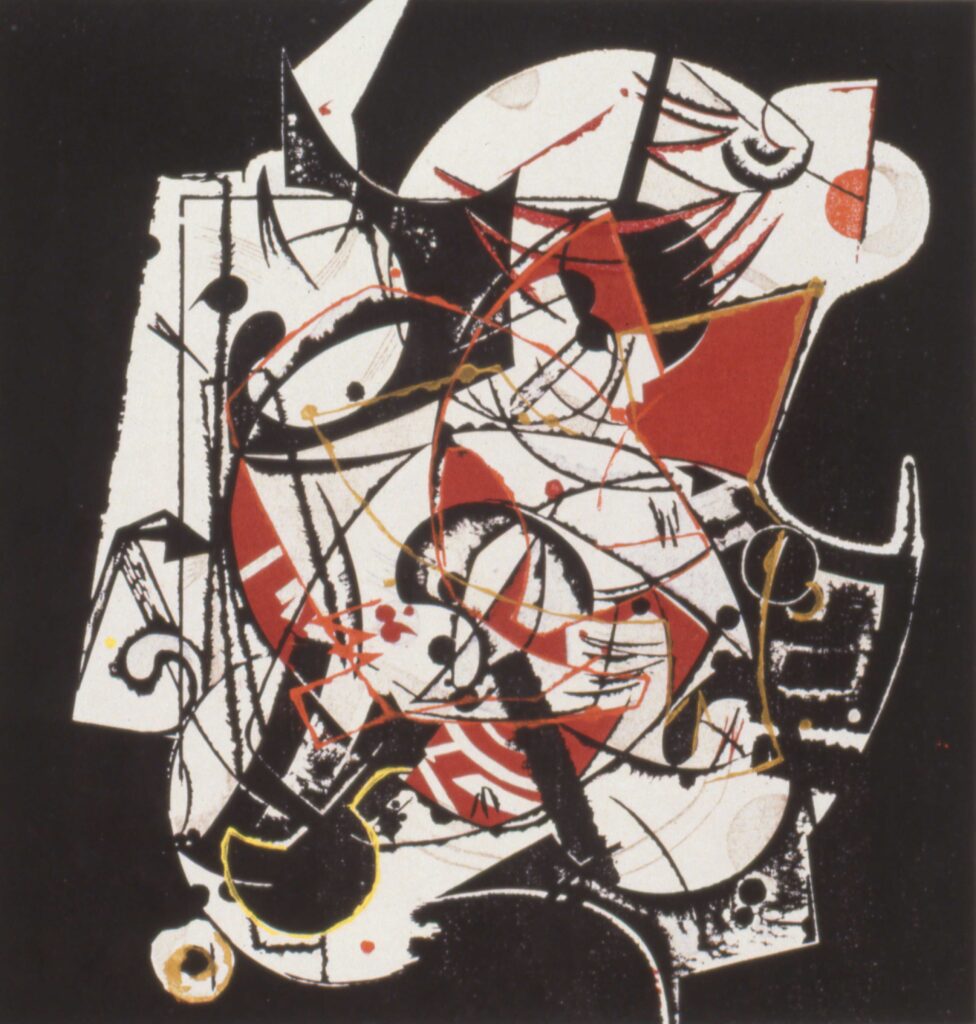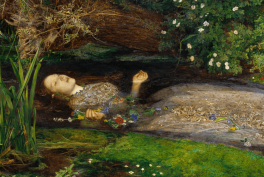Curated by Dr Monika Hinkel and Helen Hillyard, Curators at Dulwich Picture Gallery, the exhibition aims to shine a light on these often overlooked artists, bringing them to the attention of the UK and European public like never before.
The display intelligently connects recurrent themes across the work of all three generations of artists, such as seasonality, closeness to nature, and landscape painting. Showcasing an evolutive artistic progress that stretches from the famous Yoshida Hiroshi to his now granddaughter and artist Ayomi, the exhibition sends an important message about family ties and continuity that is present even in the art sphere. Dr Monika Hinkel, Curator of the exhibition, notes:
The exhibition’s first room is dedicated to Hiroshi Yoshida (1876–1950). Famous for his exploration and innovation of the shin hanga (new prints) movement, Hiroshi is one of the most celebrated 20th-century Japanese printmakers. His prints largely incorporated themes such as nature, focusing intensely on showcasing famous scenes from Japan and beyond.
Indeed, Hiroshi is known for having traveled abroad, with many of his prints depicting landscapes from places such as Egypt, Venice, and the United States–something unique for a woodcut artist. Compared to previous generations of artists, it’s difficult not to notice the paint-like quality of his prints, which accurately manage to capture the play between light and shadows.
The exhibition displays 20 of his works, including three large prints (58.7 x 74.2 cm or 23.11 x 29.2 in). These focus on the idea of seasonality and the passage of time in connection to nature. According to Dr Hinkel, the highlight of this section of the exhibition is the Kumoi Cherry Trees, a famous scene from Osaka.
The ensemble is truly spectacular, displaying a night scene dominated by the image of the moon and the majestic cherry blossom tree, a symbol not only of Japan but also of the idea of renewal and rebirth. Interestingly, Hiroshi decided to include two human figures which he rendered in detail, demonstrating his impressive craftsmanship.
Surprisingly, this isn’t the first time Hiroshi traveled all the way to Dulwich Picture Gallery. He personally visited the institution in 1900—you can find the visitor book signed by him on display together with his diaries.
The exhibition continues in the next room with an introduction about Fujio Yoshida (1887–1987), Hiroshi’s wife. She is famous for her watercolor prints, especially her close-ups of important Japanese flowers. These prints have an abstract quality, gently reminding us of Georgia O’Keeffe’s work. Importantly, as a pioneer female Japanese artist, Fujio was interested in encouraging female artists to succeed in printmaking. In this light, the Dulwich Picture Gallery continues its efforts to promote women printmakers, with this being the first time her work has been exhibited in the UK.
Tōshi Yoshida (1911–1995) was the son of Hiroshi and Fujio. The impact of his father’s influence in his work is heavily noticeable; Tōshi adopts a similar affinity for depicting famous scenes of Tokyo and landscapes from Japan. Similarly, he traveled abroad, especially to the US and even Africa, sometimes drawing comparisons between what he witnessed abroad and the familiarity of his home country. In his monolith series, for instance, he associated the monolithic rock structures with the Tokyo skyscrapers.
By contrast, his brother Hodaka Yoshida’s (1926–1995) work departs from traditional naturalistic approaches, adopting a more abstract interpretation of printmaking. He is known for his creative printmaking, using techniques such as collage and photo etching to complete his works. In line with his brother and father, Hodaka also traveled abroad, specifically to Mexico, this being a point of reference in his artworks together with his attempts to connect printmaking to the history of Japan and modern life through abstraction. If you have the chance to visit the exhibition, try to spot how his work has been influenced by Western artistic movements, such as Surrealism, Pop Art, and abstraction.
Hodaka’s wife, Chizuko Yoshida (1924–2017), was also an artist and the co-founder of the Women’s Print Association, the first of its kind in Japan. Like the other artists in the family, Chizuko is drawn to showcasing landscapes and urban and suburban scenes, with seasonality being again an element of continuity in her work. Her prints are closely tied to her personal life; Chizuko often experiments with new techniques, such as repetition or blind printing, which refers to infusing the prints only with a minimum of color.
Unlike her husband, however, she sits somewhere at the intersection between traditional Japanese printmaking and Abstract Expressionism. I found her work to be reflective of her experiences and meditative, inviting a sense of calm. The use of color and gradients is striking and surprisingly pleasant, providing us with a glimpse into her imaginative life.
The last room of the exhibition culminates with an immersive, wall-wide display by Ayomi Yoshida (b. 1958). Hodaka and Chizuko’s daughter, Ayomi surprises the public with her cherry blossom installation, inspired by her grandfather’s print, Kumoi Cherry Trees. Coming back full circle, Ayomi connects Hiroshi’s exploration of time in nature to broader themes of life and death by displaying a cherry blossom tree simultaneously impacted by light and darkness. The artwork includes 10,000 handpainted cherry tree petals attached to the walls, with Ayomi producing the installation specifically for this show.
Yoshida: Three Generations of Japanese Printmaking reunites important themes in Japanese printmaking, such as seasonality and the passing of time, landscape painting, and connection to nature, bringing close to the public’s attention the remarkable history and artistic evolution of the Yoshida family.
Personally, I would have enjoyed a broader focus on the history of printmaking in Japan before the Yoshida family. This would have helped understand the work of the selected artists in more depth, perhaps allowing the public to grasp a fuller picture of the significant impact of the family in Japanese printmaking.
Nevertheless, the exhibition compensates by putting forward a display of the original printmaking tools used by Hiroshi in his shop. These are accompanied by an explanatory video that describes the printmaking process in detail and with simple language, thereby enhancing the visitors’ understanding of the craftsmanship that runs behind creating these artworks.
Overall, the show provides a great selection of artworks and informative and enjoyable displays. These are well organized; as you progress through the rooms, you will notice that the order and flow of the artworks provide a sense of continuity. The collection is fresh, inviting a new perspective on Japanese printmaking and challenging traditional printmaking approaches.
Finally, with the occasion of the exhibition, the Dulwich Picture Gallery is also putting up events dedicated to the exploration of Japanese printmaking and specific artworks in the collection. They also released a new catalog dedicated to the work of the Yoshida family.
Yoshida: Three Generations of Japanese Printmaking runs between 19 June and 3 November 2024 at the Dulwich Picture Gallery, London, UK. You can find more details about opening times and tickets here.















